WHAT DOES HRU MEAN ?
Have you ever received a message from someone that says “hru” and wondered what it means? Or have you ever used it yourself and wondered if you are using it correctly? If so, you are not alone. HRU is one of the most common abbreviations used in texting and social media, but it can also be confusing and ambiguous. In this article, we will explain what HRU means, how to use it, how to respond to it, and what are some alternatives to it. We will also answer some frequently asked questions about HRU. By the end of this article, you will be able to communicate more effectively and confidently with HRU. 📱
What does HRU mean in texting?
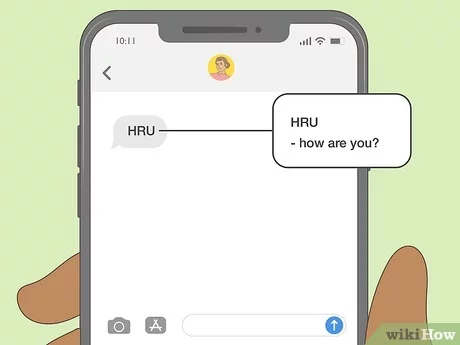
HRU MEAN “how are you”. It is a way of asking someone about their well-being, mood, or situation. It is usually used as a casual greeting or a conversation starter. For example:
- A: Hey, hru?
- B: I’m good, thanks. How about you?
HRU is often spelled in lowercase letters, but it can also be capitalized or mixed. For example:
- A: HRU today?
- B: I’m fine, hru?
- A: Not bad, hru?
HRU MEAN is not a formal or polite way of asking someone how they are. It is more suitable for informal and casual contexts, such as texting with friends, family, or acquaintances. It is not appropriate for professional or formal situations, such as emailing your boss, teacher, or client. In those cases, you should use the full phrase “how are you” or a more specific question, such as “how is your project going” or “how was your weekend”.
What does HRU mean on Snapchat?
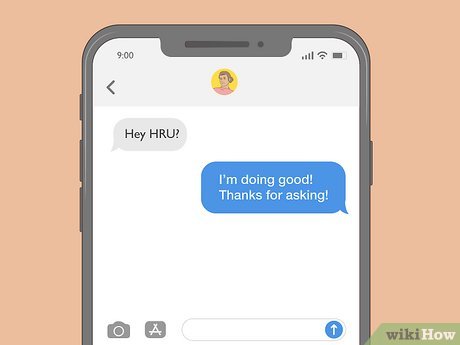
Snapchat is a popular social media app that allows users to send and receive photos, videos, and messages that disappear after a few seconds. Snapchat also has a feature called Snapstreaks, which shows how many consecutive days you and another user have exchanged snaps. To maintain a Snapstreak, you and the other user have to send at least one snap to each other every 24 hours. If you fail to do so, the Snapstreak will end and you will lose the number and the emoji that indicate how long you have been snapping with that person.
HRU is often used on Snapchat as a way of keeping a Snapstreak alive. Since snaps have to be sent within a day, some users may not have much to say or show to the other person, so they resort to sending a simple “hru” message. This way, they can show that they are still interested in the conversation and the Snapstreak, without having to put much effort or creativity into it. For example:
- A: (sends a snap of their face with a filter)
- B: (sends a snap of their face with a filter)
- A: hru?
- B: good, u?
HRU mean on Snapchat can also be used as a genuine way of checking up on someone or starting a conversation. However, some users may find it boring or annoying to receive a “hru” message every day, especially if they are not very close to the sender or if they have nothing interesting to say. Therefore, it is advisable to use HRU on Snapchat sparingly and only with people you know well and care about. You can also try to spice up your snaps by adding stickers, emojis, captions, or questions that are more engaging and personal. For example:
- A: (sends a snap of their dog with a caption “look who’s happy today”)
- B: (sends a snap of their cat with a caption “mine too”)
- A: aww, they are so cute. hru btw?
- B: I’m good, thanks for asking. How was your day?
How to Use HRU
HRU is a simple and easy way of asking someone how they are, but there are some tips and tricks you can follow to use it more effectively and appropriately. Here are some dos and don’ts of using HRU:
Do use HRU when you want to show interest or concern for someone. HRU mean can be a nice way of showing that you care about someone’s well-being and that you want to know how they are feeling or doing. For example:
A: Hey, hru? I heard you were sick.
B: I’m better now, thanks for asking.
Don’t use HRU when you don’t really care about the answer or when you are not ready to listen. HRU can be seen as a rude or insincere question if you ask it without paying attention to the answer or if you interrupt or change the topic right after. For example:
A: hru?
B: I’m not feeling well, I have a headache and a fever.
A: Oh, that sucks. Anyway, did you see the latest episode of Game of Thrones?
Do use HRU when you want to start or continue a conversation. HRU can be a good way of breaking the ice or keeping the conversation going with someone you want to talk to. It can also help you to find out more about the person and their interests, opinions, or experiences. For example:
A: Hi, hru? I’m John, by the way.
B: Hi, John. I’m Lisa. I’m good, thanks. How about you?
A: I’m good too, thanks. So, what do you do for fun?
Don’t use HRU when you have nothing else to say or when you want to end a conversation. HRU mean can be a boring or awkward question if you ask it repeatedly or if you use it as a way of avoiding or ending a conversation. It can also signal that you are not interested in the person or the topic. For example:
A: hru?
B: I’m good, thanks. How are you?
A: I’m good too, thanks. hru?
B: …
Do use HRU with proper punctuation and grammar. HRU is an abbreviation, but it is still part of a sentence, so you should follow the rules of punctuation and grammar when using it. You should use a question mark at the end of the question, a capital letter at the beginning of the sentence, and a comma before the question if it is part of a longer sentence. For example:
A: Hi, how are you?
B: I’m good, thanks. How are you?
A: I’m fine, thanks. How are you doing today?
Don’t use HRU with other abbreviations or slang words. HRU is already an informal and casual way of asking someone how they are, so you don’t need to make it more informal or casual by adding other abbreviations or slang words. This can make your message unclear, confusing, or unprofessional. For example:
A: wassup, hru?
B: idk, u?
A: nm, hbu?
B: …
How to Respond to HRU
HRU is a question, so you should respond to it with an answer. However, the answer can vary depending on the context, the tone, and the relationship between you and the sender. Here are some possible ways of responding to HRU:
If you are feeling good or positive, you can respond with a simple “I’m good” or “I’m fine” or a more enthusiastic “I’m great” or “I’m awesome”. You can also add a reason why you are feeling good or positive, such as “I’m good, I just finished a project” or “I’m great, I’m going on a vacation”.
You can also ask the sender how they are in return, such as “I’m good, thanks. How about you?” or “I’m awesome, thanks for asking. How are you doing?”. For example:
A: Hey, hru?
B: I’m good, thanks. I just got a promotion at work. How about you?
If you are feeling bad or negative, you can respond with a simple “I’m not good” or “I’m not fine” or a more honest “I’m bad” or “I’m terrible”. You can also add a reason why you are feeling bad or negative, such as “I’m not good, I had a fight with my friend” or “I’m terrible, I lost my wallet”.
You can also express your hope or expectation for the future, such as “I’m not good, but I hope things will get better soon” or “I’m terrible, but I’m trying to stay positive”. You can also ask the sender for help or advice, such as “I’m not good, can you talk to me?” or “I’m terrible, do you have any tips for me?”. For example:
A: Hey, hru?
B: I’m not good, I have a lot of stress at school. Can you talk to me?
If you are feeling neutral or indifferent, you can respond with a simple “I’m okay” or “I’m fine” or a more sarcastic “I’m alive”
FAQs
Here are some frequently asked questions about HRU and their answers:
Q: Is HRU rude?
A: HRU is not rude in itself, but it can be rude depending on how you use it and who you use it with. HRU mean is a casual and informal way of asking someone how they are, so you should not use it in professional or formal situations, such as emailing your boss, teacher, or client.
You should also not use it when you don’t really care about the answer or when you are not ready to listen. HRU can be seen as a rude or insincere question if you ask it without paying attention to the answer or if you interrupt or change the topic right after.
Q: What is the difference between HRU and WYD?
A: HRU mean “how are you” and WYD stands for “what are you doing”. They are both common abbreviations used in texting and social media, but they have different meanings and purposes. HRU is a way of asking someone about their well-being, mood, or situation, while WYD is a way of asking someone about their current activity, plan, or intention. For example:
A: hru?
B: I’m good, thanks. How about you?
A: I’m fine, thanks. wyd?
B: I’m just watching Netflix. You?
Q: How do you reply to HRU on Tinder?
A: Tinder is a popular dating app that allows users to swipe right or left on other users’ profiles based on their photos and bios. If two users swipe right on each other, they can start a chat and potentially meet up.
HRU is often used on Tinder as a way of starting a conversation or keeping it going. However, HRU can also be a boring or lazy question on Tinder, as it does not show much interest or originality. Therefore, if you want to reply to HRU on Tinder, you should try to be more creative and personal. You can reply with a joke, a compliment, a question, or a story that relates to the person’s profile or photos. For example:
A: hru?
B: I’m good, thanks. I see you like hiking. Where is your favorite place to hike?
A: I love hiking in the mountains. I went to Yosemite last summer and it was amazing. How about you?
B: I prefer hiking in the woods. I went to Vermont last fall and it was beautiful. Do you have any other hobbies?
Conclusion
HRU is a common abbreviation that stands for “how are you”. It is used in texting and social media as a way of asking someone about their well-being, mood, or situation. It is usually used as a casual greeting or a conversation starter.
However, HRU can also be boring and repetitive if used too often or incorrectly. Therefore, you should know when and how to use HRU, how to respond to HRU, and what are some alternatives to HRU. By following the tips and tricks in this article, you will be able to communicate more effectively and confidently with HRU. 🙌
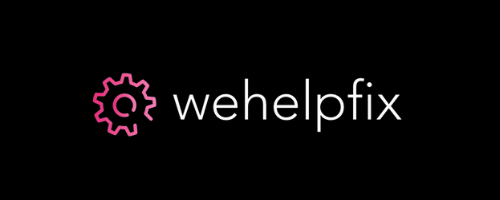
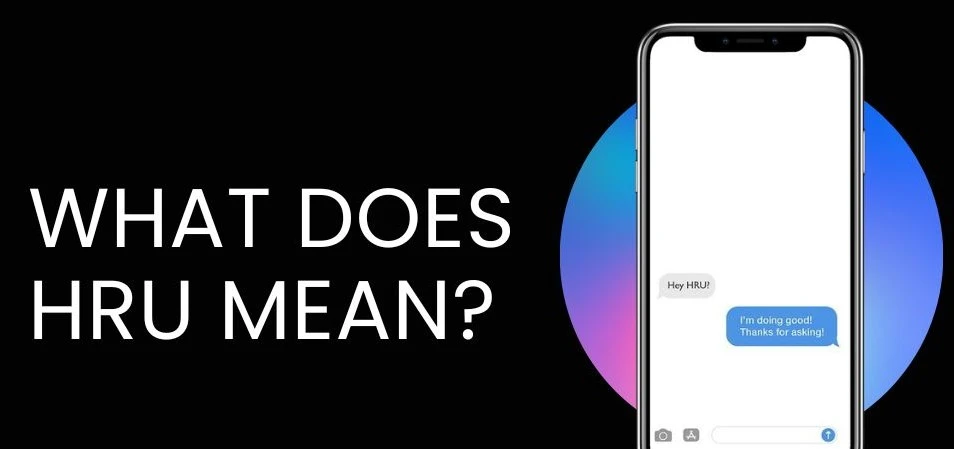

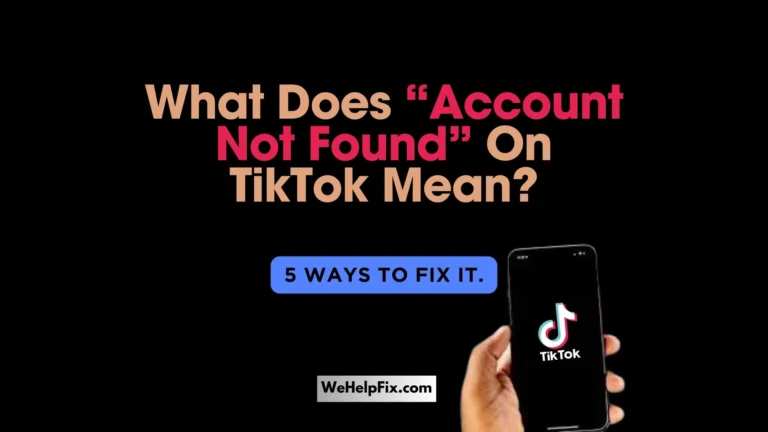



![[Fixed]: TikTok Showing “No More Suggested Accounts”.](https://wehelpfix.com/wp-content/uploads/2024/03/Fixed-TikTok-showing-‘No-More-Suggested-Accounts-1-1-768x432.webp)